Not the Same School: How Sharpstown High Changed under New Principal T.J. Cotter and Supt. Mike Miles
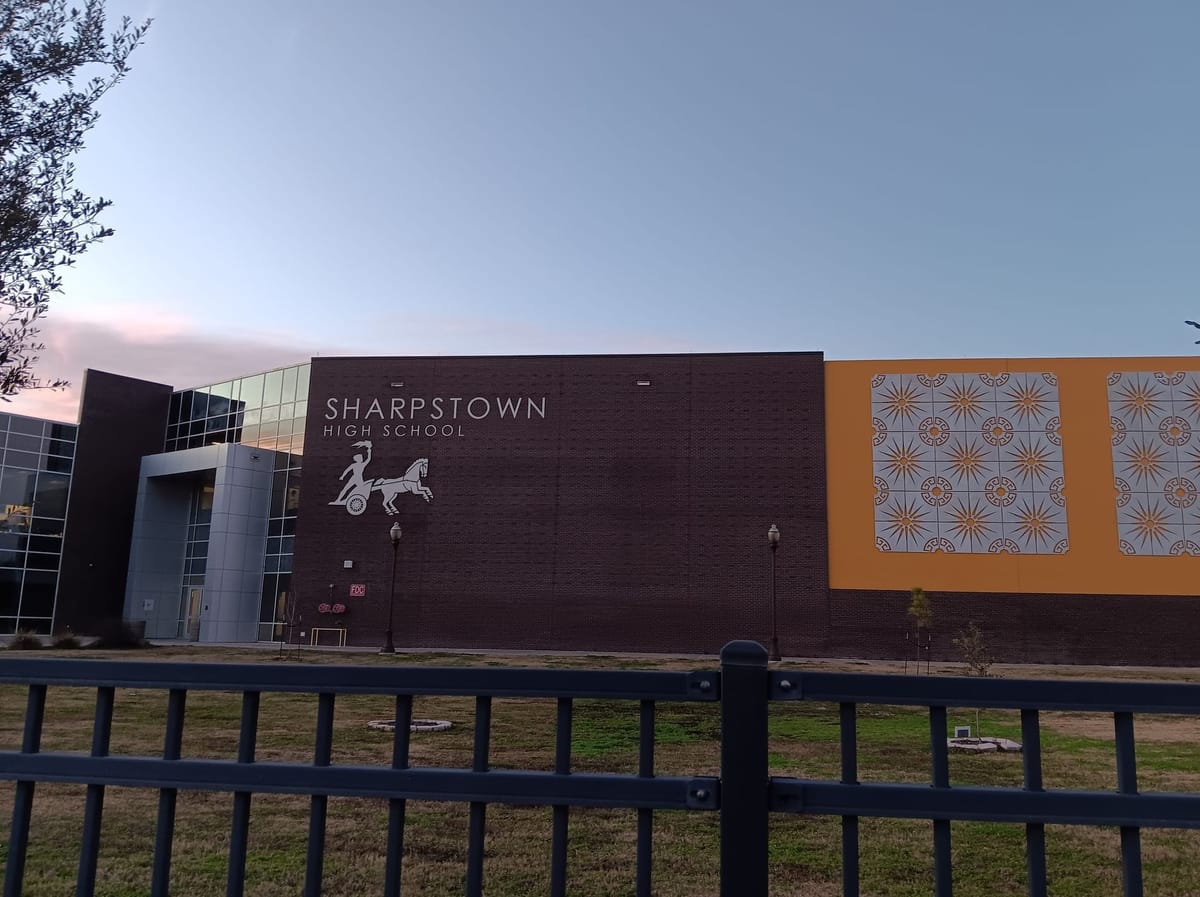
When Texas A&M graduate Kristina Samuel picked Sharpstown High last June for her first full-time teaching job, it was a different school. The state of Texas had just announced it was taking over HISD, but she didn’t think it would affect her new workplace—after all, it wasn’t one of the 28 schools chosen to become part of the New Education System.
Coming from an immigrant family, Samuel appreciated the opportunity to work with an immigrant-heavy student population. But another “big reason” she joined was her interview with Dan De Leon, principal at the time. She was drawn to the passion that De Leon and his deans displayed—and they were “knowledgeable about working with that specific demographic of students.”
But by the first day of school, four of the five administrators who hired Samuel were gone.
HISD’s new superintendent Mike Miles “reassigned” De Leon and replaced him with Thomas (T.J.) Cotter, former principal of Fondren Middle School. That was just the beginning of the shakeups.
Principal Cotter, accused by multiple named sources of frequently yelling at Sharpstown students and teachers, implemented strict dress code, bathroom, and cell phone policies. He requires teachers to follow many aspects of Miles’ New Education System in class, even though Sharpstown won’t become an NES school until the 2024-25 school year. Some Sharpstown teachers say he’s created a high-stress environment that has led to high teacher turnover.
Sometimes, he’s just following what the district says. Other times, he appears to be adding his own twist. Students and teachers say his approach has lowered the number of fights in Sharpstown High, but at what cost?
It’s hard to disagree with Superintendent Miles that HISD—including Sharpstown—needs change. Test scores aren’t everything, but only 22% of students scored at “Meets Grade Level or Above” on Sharpstown High’s spring 2023 English I STAAR test—and only 11% scored that high on Algebra I.
But is Cotter the change Sharpstown needs?
Here's what's new under Cotter and Miles.
Students Can’t Use Phones in Classrooms or Hallways. If They’re Confiscated, It Costs $15 to Get Them Back
The Sharpener asked thirteen students how Sharpstown High had changed under Cotter. Nearly every student mentioned the phones.
On the sidewalk in front of Sharpstown High, second-year student Sulvin Lopez and third-year student Miguel Santos said that if administrators see a student's phone, they'll take it and charge $15 to get it back.
This isn’t unique to Sharpstown or even Mike Miles. The Texas Education Code has long allowed any school district to confiscate students’ cell phones and “charge the owner of the device or the student's parent an administrative fee not to exceed $15 before it releases the device” (chapter 37.082). HISD has banned cell phones for years, but the ban was not enforced at Sharpstown High in the past.
Under Miles, that’s changed. HISD updated its cell phone policy on August 28, 2023, telling students to leave their phones at home or keep them in their backpacks the entire school day. Schools across the district have started enforcing bans and $15 fees. Sharpstown High, under Cotter’s leadership, is just one of many. But HISD's August phone policy didn't mandate the $15 fee. That appears to have been up to the individual principals.
Originally, Sharpstown allowed at least some students to write reflection essays to get their phones back. But later, Cotter cracked down: everyone whose phone was confiscated would have to pay up.
"They're our phones. I don't see why we gotta pay for them," said first-year student Celine Martinez.
Almost every teacher can relate to the frustration of trying to instruct students who are glued to their phones. But "not using it in the hallway I think is a bit too excessive," said Santos. "In class, I think [the ban is] understandable."
The School Got Strict about Bathrooms—then Softened
Several students also mentioned Sharpstown High’s controversial bathroom policy, covered by KHOU-11 in December 2023.
Cotter only allowed students to use the bathroom during the five-minute transition periods between classes, said Kristina Samuel (who still teaches chemistry and IPC at Sharpstown), as well as junior Darwin Medrano, first-year students Ben Leon and Julio Garcia, and others.
In a school of 1,750 students, that led to jam-packed bathrooms during transitions, said first-year students Mishael Guiterrez and Daniel Paz, sitting together near the La Michoacana across the street. "The restrooms be full.... Everybody's in the restroom."
This was stricter than the district's recommendation, which only suggested banning students from using the bathroom during the first and last 10 minutes of class as of December, according to HISD spokesperson Jose Irizarry, cited in the Houston Chronicle.
But now Cotter’s bathroom policy has softened, according to Samuel, Medrano, and others: Sharpstown students can now use the bathroom during class.
Samuel said that during a professional development session after winter break, teachers were given paper printouts of bathroom passes they had to make for each individual student in their classes. But now, “No one's really talked about the policy in a couple months.”
Sharpstown High Now Requires Student Uniforms
Starting last August, Cotter has required Sharpstown High students to wear color-coded shirts: gold for 9th grade, green for 10th, gray for 11th, and black for 12th.
Uniforms based on school colors are common at NES schools like Sugar Grove Academy Middle School just across the street. Miles replaced SGA’s principal Ericka Austin with Noe Garcia, who has also instituted a uniform code.
Sharpstown High is not NES yet, but the dress code was strictly enforced at the beginning of the year, says Samuel. “I would [see] kids kicked out of my classroom.”
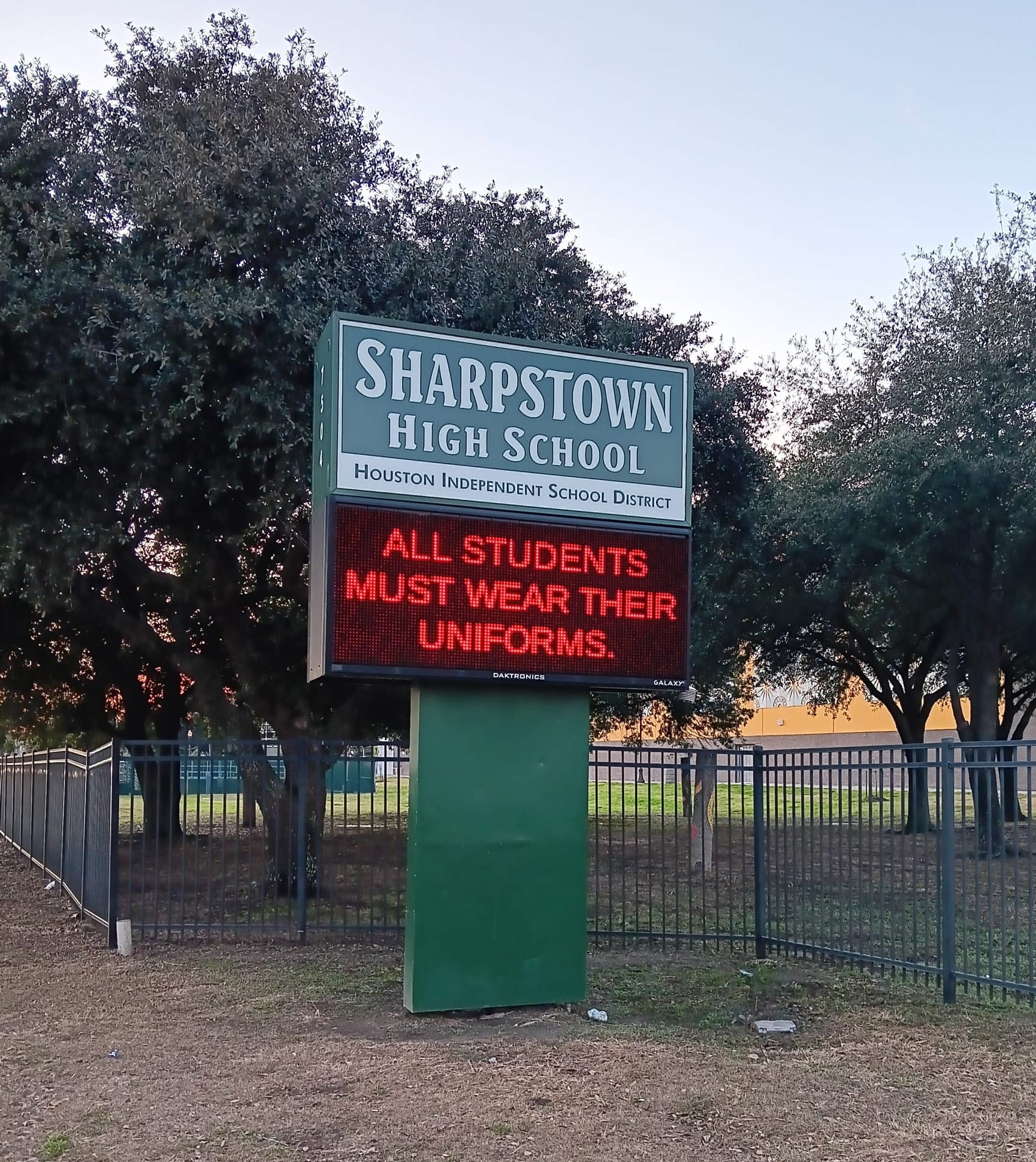
For years, dress code advocates have said the practice reduces violence, bullying, and distractions.
But Samuel is concerned that the dress code announcement came out a month or less before school: “A lot of these kids and families had already done their school shopping. This is not the demographic of kids that necessarily have a lot of money to splurge on clothes for school.”
In 2022, 83.4% of Sharpstown students were “Economically Disadvantaged” according to the TEA. In this situation, Samuel thinks the strict enforcement was “out of touch.” Over the school year, she says, enforcement has become less consistent.
Several students also mentioned the dress code, but some had simpler reasons for disliking it: "Some people like to dress however they want," said Michael Gonzalez. "I do."
Teachers Are Required to Implement a Partial Version of the New Education System in Class
Even though Sharpstown High is not officially an NES school yet, it’s already become more like one.
Learning Objectives and Demonstrations of Learning
Sharpstown High teachers are required to write learning objectives (LOs) on the board before the beginning of class, just like their counterparts in neighboring Sugar Grove, an NES school.
Nicolas Abazajian, who taught social studies at Sharpstown High until Cotter removed him in December 2023, said that LOs “have always been a good idea," but the new rules about LOs are too strict. He thinks LOs don't fit with everyone's teaching style, so teachers shouldn't be rated based on whether or not they use them.
Sharpstown High teachers are also now required to have demonstrations of learning (DOLs) in each class. At Sugar Grove, the DOL is a quiz that happens approximately halfway through class. Students who get at least four out of five questions right go to one of Sugar Grove’s Team Centers to do advanced worksheets, while students who get less than four questions right stay in class for the re-teach.
But since Sharpstown High isn’t officially an NES school yet, it doesn’t have a Team Center, so DOLs happen at the end of class. Samuel said that hers are usually short quizzes with 3-5 questions.
In NES schools, many teachers are required to use pre-made lesson plans provided by the district. But Samuel said that Sharpstown High teachers are required to create their own LOs and DOLs—a steep learning curve for a first-year teacher. “They’re trying to put the NES and NES structures in place without all the NES resources.”
But Ena Meyers, HISD’s deputy chief of strategic initiatives, said that HISD provides all 9-10th grade core class teachers with pre-made lesson plans that include LOs, DOLs, and slides. Non-NES teachers are not required to use these resources, but can access them on Canvas.
But teachers outside of core classes don’t get those resources. Meyers also said that HISD won’t begin rolling out 11th-grade lesson plans until next year (for English III, Algebra II, and U.S. History), and 12th-grade lesson plans may come the year after.
Multiple Response Strategies
Like their counterparts at Sugar Grove, Sharpstown High teachers are also required to implement Multiple Response Strategies (MRSs), ways of engaging and getting responses from the whole class at once. For example, the “turn and talk” MRS involves telling students to discuss a question in small groups at their tables for one minute before the teacher calls on two groups to “share out.”
Samuel thinks MRS strategies are good ideas, but thinks it’s difficult to implement them every 4-6 minutes as required, especially in chemistry class. “Those kids need to learn to sit there and solve a problem and work independently.”
MRSs are required in elementary, middle, and high schools, but some MRSs may be less suited to the high school environment than others. In one, the teacher asks a question, and students write answers on their personal whiteboards, then hold them up. “It’s weird,” said a Sharpstown student who asked to only be identified as Lisbet. But she was the only one who commented on the mini whiteboards.
MRSs are part of the NES philosophy of pushing students to actively participate in their education. Sugar Grove’s principal Noe Ortega described it this way: “The kids take ownership of the learning—they’re doing the heavy lifting. It’s not just the teacher talking the whole time.”
The Principal and APs Spend More Time in Hallways and Classrooms
In Sugar Grove, Ortega and his assistant principals have standing desks in the hallways. As part of their NES responsibilities, they’re expected to monitor the halls to ensure that students transition smoothly between classes and nothing gets out of hand.
They also regularly observe classes and give teachers feedback on their performance.
Sharpstown High now follows a similar model. Cotter and his APs have desks in the hallways too—and conduct frequent classroom observations.
Teachers Are Rated on “Spot Observations”—Sometimes Unfairly, They Say
Like NES administrators, Cotter and his APs rate their teachers based on “spot observations,” which the district requires at least eight times a year. An administrator will watch a segment of a teacher’s class and give the teacher a 0-15 score on a rubric.
If teachers’ LOs and DOLs don’t meet highly specific standards, they will receive lower scores on their spot observations, said Samuel.
The spot rubric also scores teachers based on how often they use MRSs, how “safe, inviting, and organized” their classrooms are, how relevant the instruction is to the LO, whether they “integrate other disciplines and real-world examples,” and more.
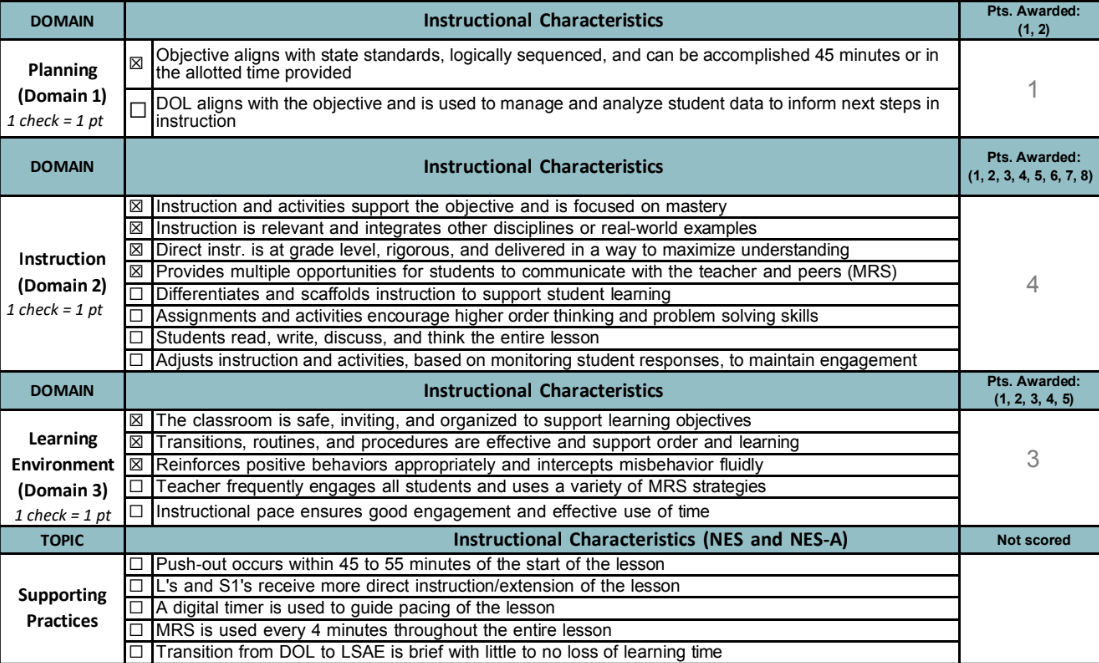
Samuel and a former Sharpstown teacher, who asked to remain anonymous, said that they received several unfairly low spot scores—zeroes and ones. They believed the low scores were motivated by their disagreements with Cotter.
Abazajian said that administrators often only observed classes for “three, four minutes.” If that’s true, it’s hard to see how teachers would be able to accomplish everything on the rubric within that time.
The observations are meant as an opportunity for constructive feedback, but Samuel said that's not happening: “We get told how we do it wrong all the time, but never told how to do it right.”
New Principal Accused by Multiple Sources of Regularly “Screaming” and Yelling at Students and Teachers
Several teachers and students think T.J. Cotter’s approach is too heavy-handed—and loud.
Abazajian said that Cotter removed him from the school in December for playing chess with his students after they had finished their final exams. He said he’s still officially an HISD employee assigned to Sharpstown, but the school hasn’t called him back in.
Abazajian said his removal came after a long string of conflicts with Cotter over things like the bathroom policy.
But Abazajian wasn’t the only one who didn’t get along with Cotter. The teacher said that he saw Cotter yell at students or teachers “at least once a month,” and he heard about more incidents from witnesses.
In interviews with The Sharpener, teachers, students, and a parent corroborated Abazajian.
Third-year student Miguel Santos said, “I’ve seen the principal yelling at some staff members and kids…nice people too.” He said it happens “almost every day,” and he’d personally seen it at least five times. One time, the principal pulled students out of class and started “screaming” at them, he said.
“It is understandable because some people break the rules,” he added, but he was often confused about the reason for the yelling.
Junior Darwin Medrano said, “It’s just been so loud in the hallway…” He said “basically everybody,” including teachers, has been “getting screamed at,” but usually not directly—although he once saw Cotter “get in a student’s face” and raise his voice. On the sidewalk in front of Sharpstown High, he demonstrated by stepping toward me, head inches from my ear.
First-year students Jesus Castro and Celine Martinez said they’d heard about the yelling, but hadn’t seen it themselves.
Shabri Brown, HISD parent, said that Cotter yelled at her in a school office during a disagreement about her child’s schedule and gender identity. The conversation ended with Cotter ordering campus police to escort her off campus, said Brown.
The Audio Recording: Cotter Yelling at an Auditorium of Students?
The Houston Chronicle reported in February on an alleged recording of Cotter yelling at students in the auditorium. The Sharpener obtained a copy of the recording, which captures a man’s voice shouting at students for breaking dress code and using phones.
“Do not come to my campus out of dress code Monday,” he shouts. “Because if you do, you will be assigned Saturday detention. If you don’t come to Saturday detention, you will be given a trespass notice, and you can’t come back until the whole admin team meets with a parent…. Get your life together. You’re in my school.”
Is it Cotter? It appears to match his voice, based on a video of him speaking at a Sharpstown Civic Association meeting last August, posted on the SCA’s Facebook page. (It also fits with what I remember from meeting Cotter during last year’s Grads within Reach walk.)
The man in the recording also says, “For my Fondren Middle School kids, you already know how I play about dress code. I don’t.” Last year, Cotter served as principal at Fondren, which feeds some of its students into Sharpstown High. In the recording's background, someone pages “Miss Castro,” which could be Aileen Castro, an administrative assistant at Sharpstown High in fall 2023.
Kristina Samuel, who went public with an op-ed in the Houston Chronicle on April 7, told the Sharpener that the audio recording was “pretty tame from what I’ve witnessed.”
More Incidents
A former Sharpstown High teacher, who requested anonymity, said that during teacher orientation week, Cotter “berated” a staff member for helping teachers with supplies and “scorned” a teacher from the stage for asking a question. “For many of us, that was an introduction to how he was going to lead.”
Later last fall, she said, Cotter entered her classroom for an observation and slammed both hands on a student’s desk to wake them up. The teacher said that many of her students come from unstable homes or work night shifts to provide for their families, “so we know to show compassion not aggression.” She expressed indignation that “if a teacher were to ever slam their hands on a desk with the possibility of hitting a student, then we would be immediately terminated.”
Samuel told of similar incidents: “He’s come into my classroom and started screaming at kids.”
Sources Say He Quieted Down
Samuel and students agreed that the yelling reduced recently. Said Samuel, “It really picked up toward the end of the first semester, and then in January and February it was pretty strong, but now…he’s backed off a lot.”
Said Medrano, “I haven’t seen him scream in a while…a couple months.”
First-year students Mishael Guiterrez and Daniel Paz agreed that the last time they saw Cotter yelling at students was around two to three months ago. The students had broken dress code by wearing crocs.
HISD Comments without Commenting
The Sharpener asked HISD’s press office if HISD or Cotter had any comments on the allegations. Media relations specialist Joseph Sam replied, “Sharpstown HS, like all HISD high schools, is working to finish the school year strong. This includes administering a variety of assessments and exams as well as preparing to celebrate the Class of 2024. Principal Cotter and his team are focused on their students, and we are unable to schedule interviews at this time.”
Fewer Fights in School This Year
Students Michael Gonzalez and Darwin Medrano mentioned that there had been fewer fights in school under Cotter. Even Abazajian agreed, attributing it to Cotter’s “shock and awe” approach.
Lisbet, too, said that there were more fights in past years. One day, she remembers, more than eight fights happened just at the beginning of lunch. Now, they're rarer.
That may be partly due to the stricter bathroom policy. According to Medrano, the bathrooms were a common spot for fights before Cotter.
Sharpstown High is Joining the New Education System in 2024-25
LOs, DOLs, MRSs, assistant principals in hallways—all of that may be serving as preparation. Sharpstown High is officially joining the New Education System in the 2024-25 school year, as is Pat Neff Elementary.
That means the school will get one or more Team Centers, teachers will get paid more, and some classes (English I and II, Algebra I) will use differentiated instruction. However, NES high schools do not have dyad classes like NES middle schools, said Ena Meyers.
How Many Teachers and Students Will Stay?
Paz and Gutierrez said many of their peers had been skipping school: “They don't like being in school because of the principal.” Overall, most students I spoke with seemed disgruntled.
Sharpstown students have other local options, including charters like KIPP, YesPrep, and more. But as last year’s Grads within Reach Walk shows, they also have the increasingly common option of dropping out entirely.
Sharpstown High’s enrollment dropped from 1,855 in 2022-23 to 1,752 as of this April, according to HISD public information analyst Lakeisha Edwards. Attendance rates also dropped from 89.78% to 86.3%.
How many students will return next year?
And how many teachers? Abazajian has a list of thirty-one teachers and staff who he claims have left Sharpstown since the takeover, many under Cotter’s leadership. Some were promoted, but many resigned or were fired, he said.
The Sharpener asked HISD’s public information office to verify that number, but never received the promised answer. But Lisbet confirmed the general idea: “A lot of teachers are not here anymore.”
Said Medrano, “The teachers have been stressing. You can see.”
Update: corrections have been made after the anonymous former Sharpstown teacher provided further information and clarification. The original article conflated two incidents—Cotter allegedly berating a staff member and scorning a teacher from the stage—into one.
How might Sharpstown High look next year as part of the New Education System? Glimpse how the NES works in a middle school:
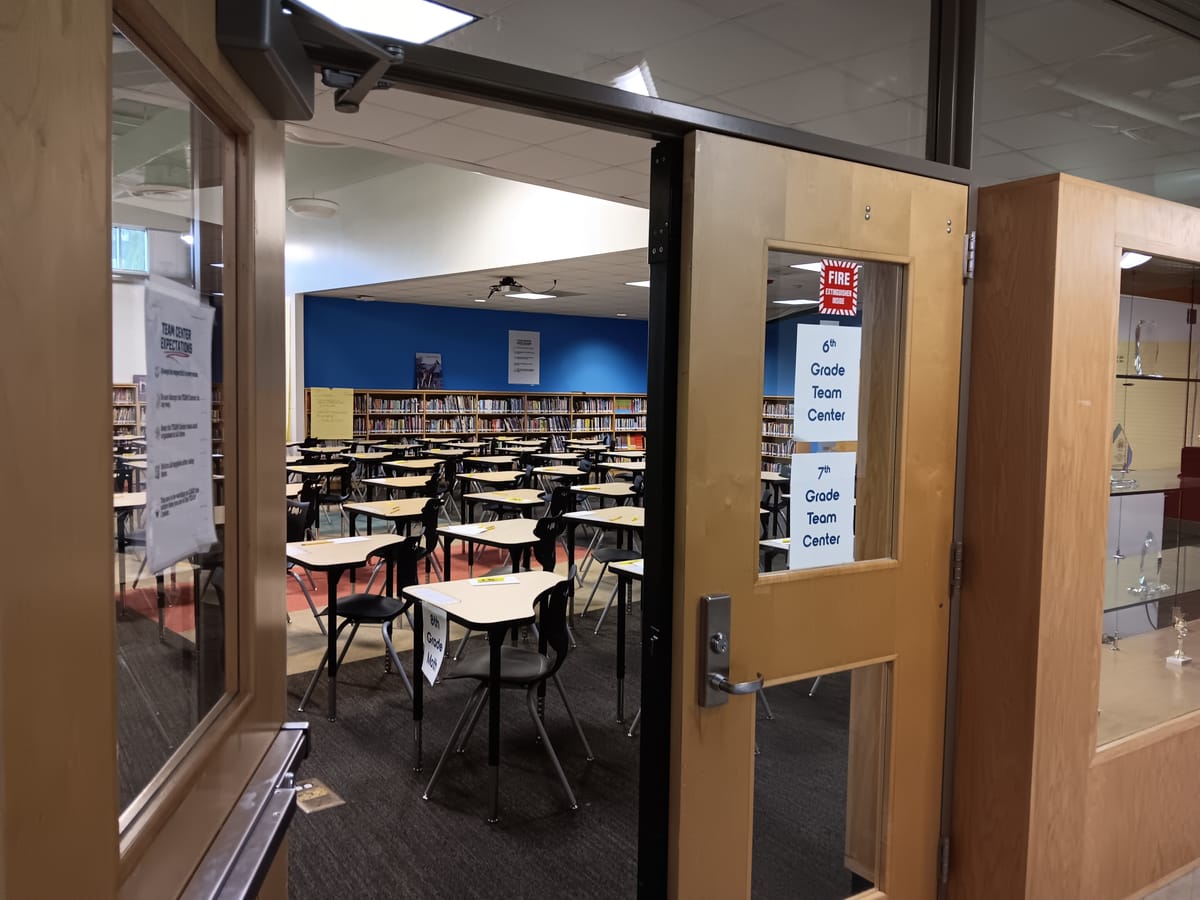
How well are Houston-area schools preparing students for college? Hear from HCU professors and students:
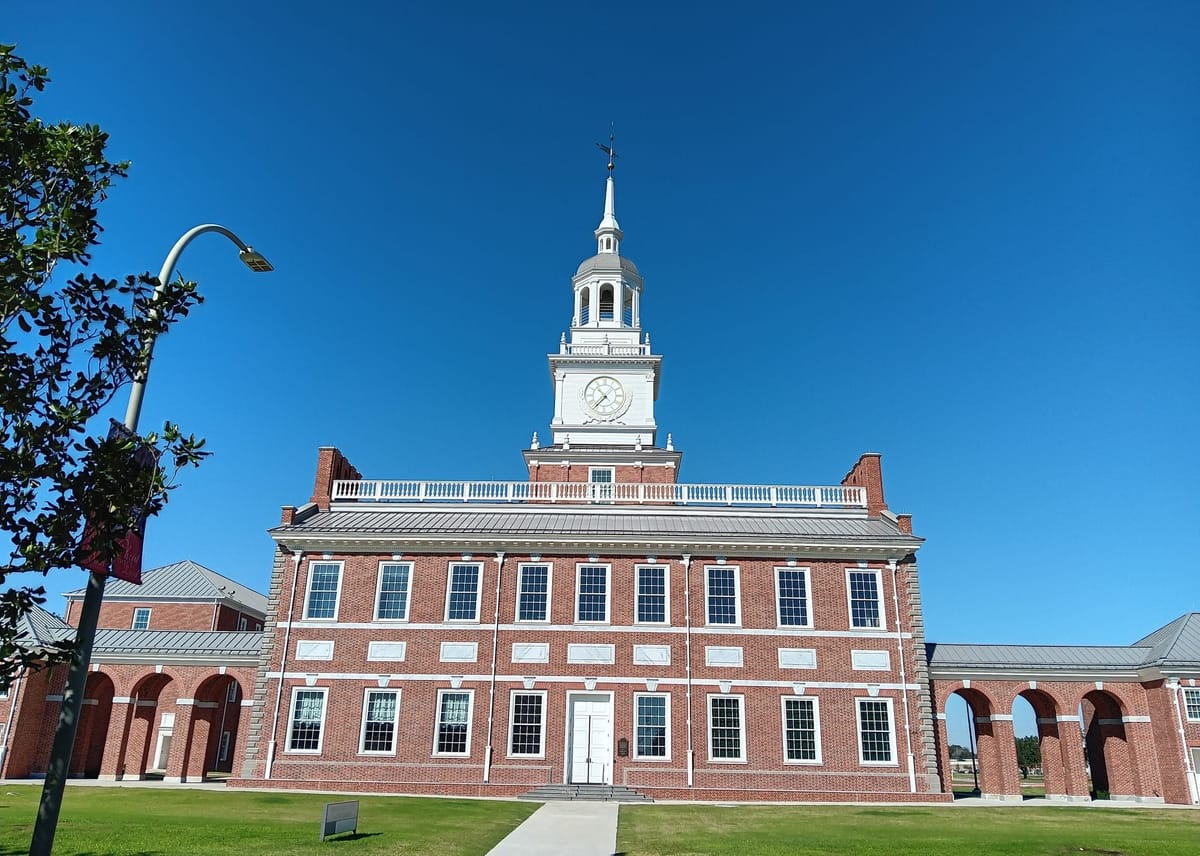
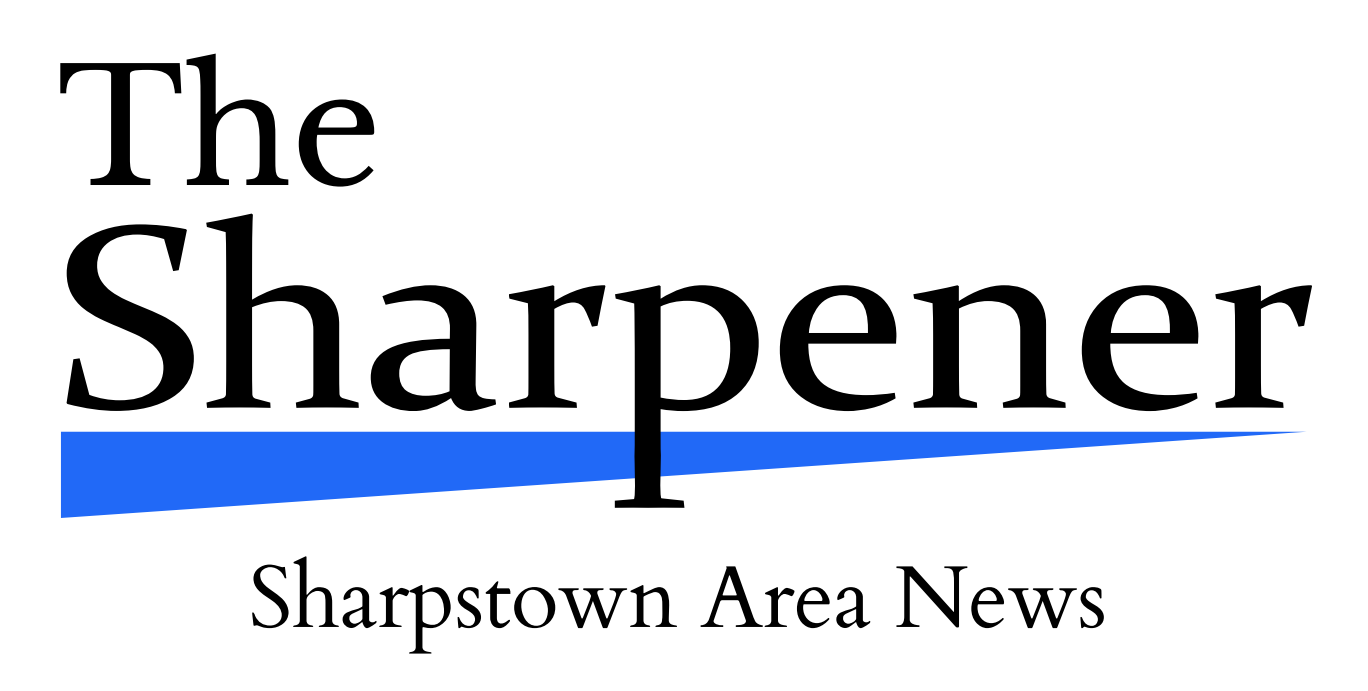

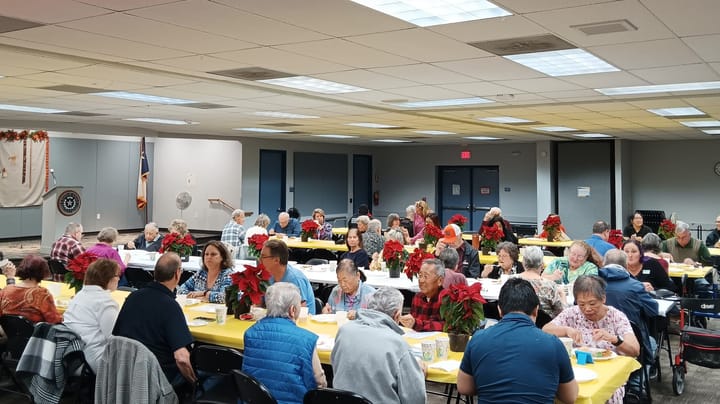
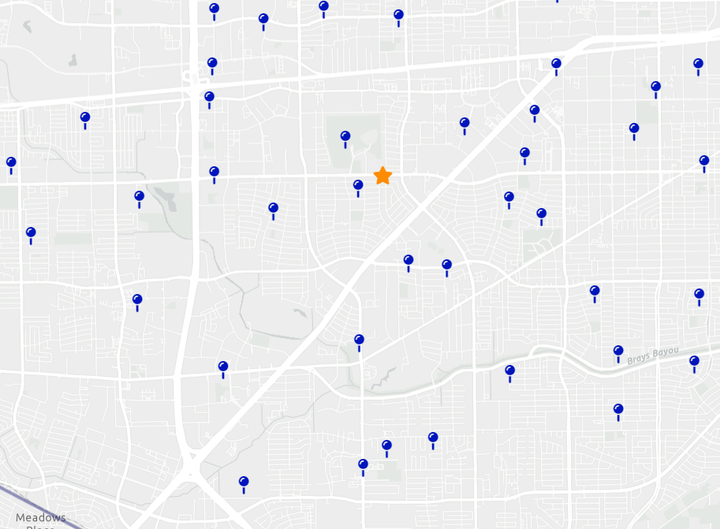
Comments ()